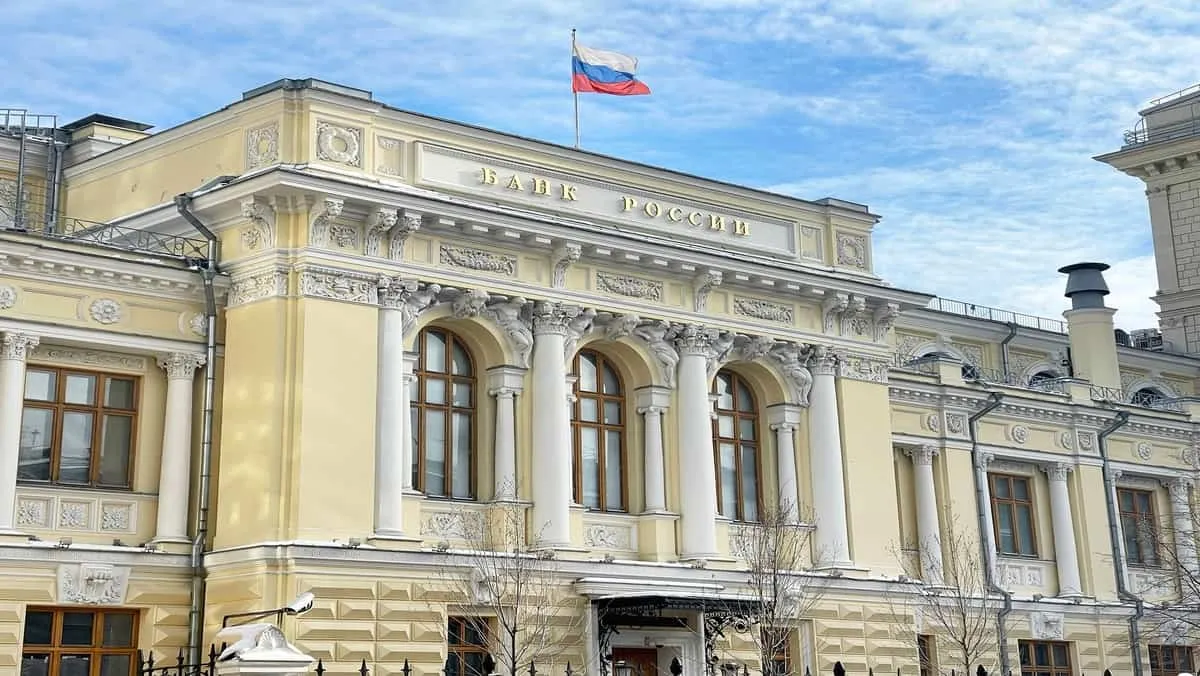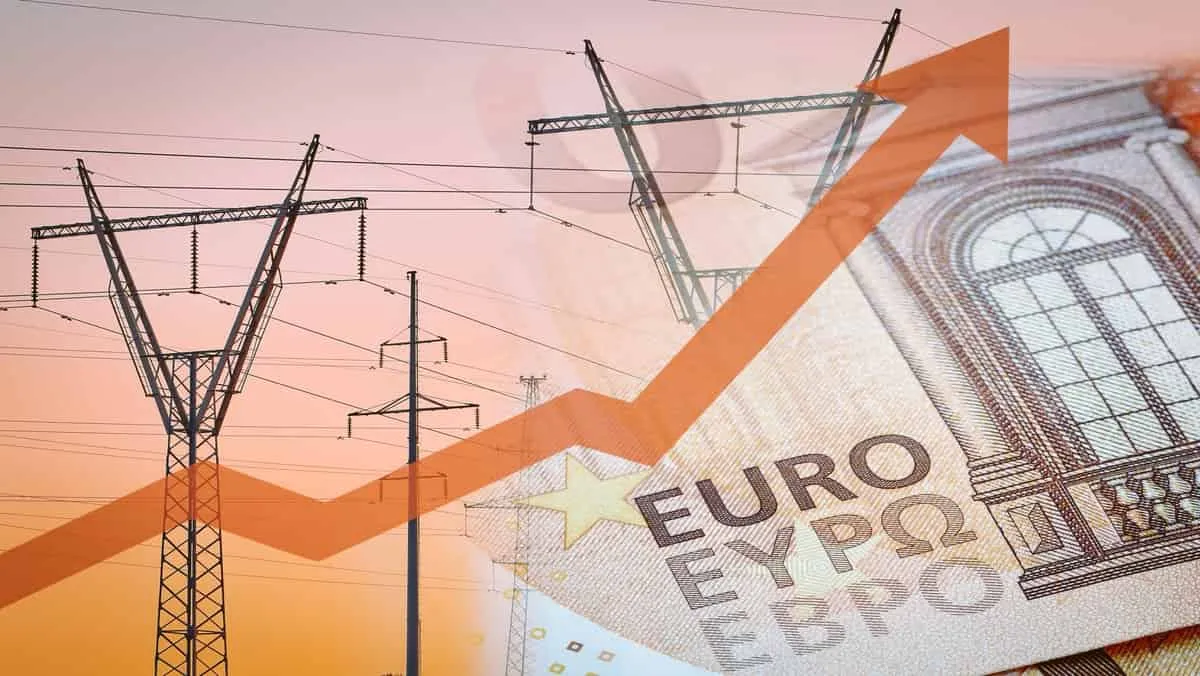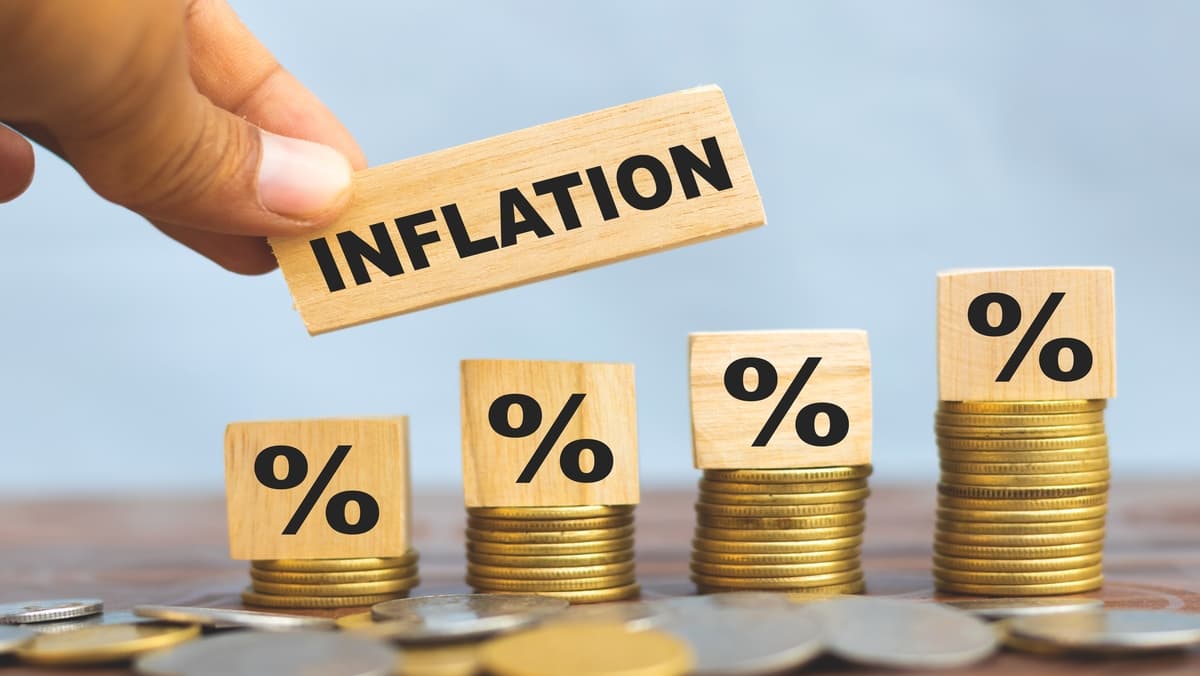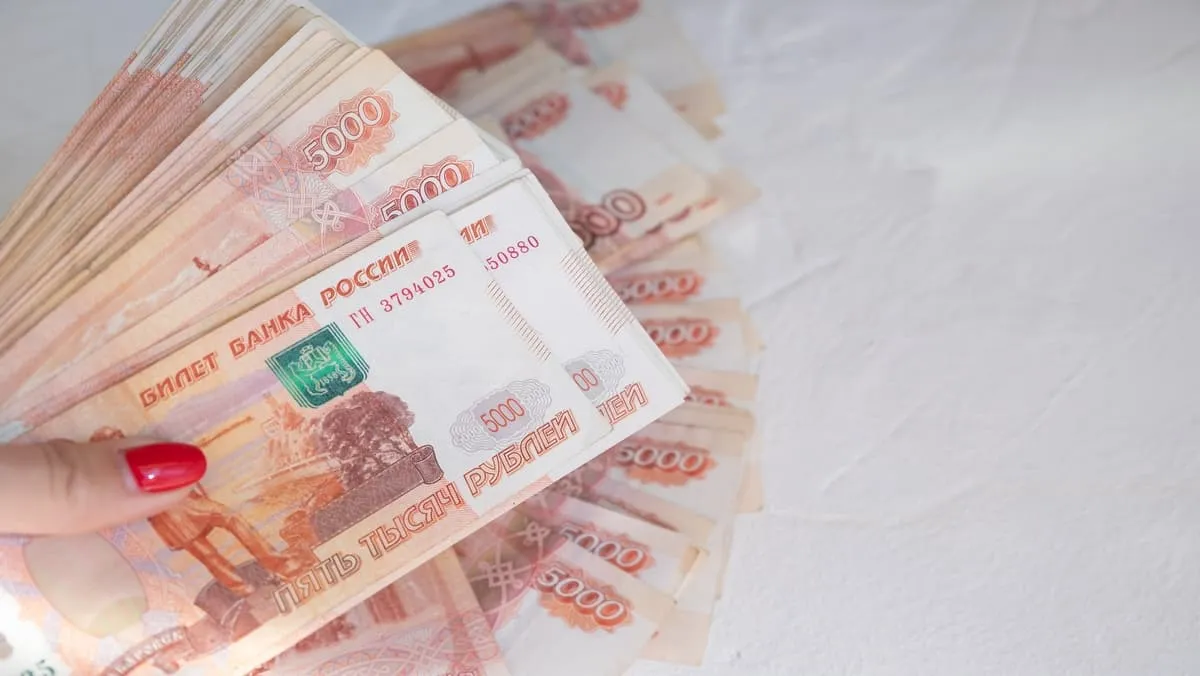
星期五 Jul 26 2024 08:51

7 最小

The Bank of Russia is preparing to determine the extent of its interest rate hike, as its initial plans to ease monetary policy in the latter half of the year have been thwarted by an unanticipated inflation surge.
Instead of the expected slowdown, price growth has accelerated, diverging further from the central bank's target of 4%. The decision to maintain the benchmark rate at 16% following the June meeting has only exacerbated the situation.
Most economists surveyed by Bloomberg anticipate a significant rate increase of 200 basis points, bringing the rate to 18% at Friday's meeting. A few others predict a smaller increase of 100 basis points. None of the 14 analysts surveyed expect the rate to remain unchanged.
The Bank of Russia’s decision to forgo a June rate increase “means a larger hike in July,” Russia economist at Bloomberg Economics, Alex Isakov, said. “Inflation overshooting 4% in 2024 has become unavoidable — despite the central bank’s recent vocal commitment to bring it back to the target over the course of the year.”

Since the June rate decision, inflation has surged, fueled by persistent demand exceeding supply and other external factors beyond the central bank’s influence. For instance, vegetable prices soared last month, defying the typical summer decline seen in previous years. Unexpected frosts that damaged crops contributed to a spike in seasonally adjusted food inflation, which reached 12.3% in June, up from 8.3% in May, according to estimates from the Bank of Russia.
Fuel costs have surged due to seasonal demand and the repair of oil refineries damaged by Ukrainian drones. Typically, a stronger ruble would help temper inflation by making imported goods less expensive, but recent US sanctions have increased payment costs for Russian importers, offsetting this benefit.
Meanwhile, the economy remains overheated due to the war in Ukraine, with labor demand hitting historic highs. Increased incomes have driven up demand for tourism this summer, even amidst the ongoing conflict, making travel costs among the fastest growing expenses.
“The rhetoric will be as harsh as possible” at the approaching meeting, said Natalya Vashchelyuk, a senior analyst at First Asset Management JSC in Moscow. Apart from raising the rate by two percentage points, “most likely the regulator will report that the period of high rates will be longer than expected at the June meeting,” and another hike won’t be excluded, she said.
Despite ongoing economic challenges, such as the war in Ukraine and disruptions in various sectors, economic activity remains strong, leading to persistent upward pressure on prices. Labor demand has reached unprecedented levels, contributing to wage increases and heightened consumer spending. Additionally, the tourism sector has seen a surge in demand, driving up travel costs. These factors combined have led to a persistently tight economic environment, complicating efforts to manage inflation and stabilize economic growth.

Inflation expectations among businesses and households have risen, with the 12-month forecast— closely monitored by the Bank of Russia—jumping to 12.4% this month from 11.9% last month. While a key rate hike seems almost certain, there is uncertainty about whether a single increase will suffice.
Inflation expectations in Russia have risen notably, reflecting growing concerns among businesses and households. The 12-month inflation forecast, a key indicator monitored by the Bank of Russia, surged to 12.4% this month, up from 11.9% the previous month.
This increase signals heightened anxiety about future price levels, driven by ongoing economic pressures and recent developments. As a result, there is significant anticipation that the central bank may need to implement further rate hikes. The rising expectations underscore the challenges policymakers face in stabilizing the economy amidst persistent inflationary pressures.

The second half of the year may present a more manageable landscape for policymakers. Credit expansion is expected to decelerate further due to high interest rates and the conclusion of a subsidized mortgage program. Additionally, a slowing economy could ease pressure on the labor market, and fuel prices might stabilize once refinery repairs are finished.
Credit expansion is expected to slow further due to high interest rates and the conclusion of a subsidized mortgage program, which may ease some financial pressures. A cooling economy could provide relief to the labor market by reducing the demand for workers and potentially moderating wage growth. Once repairs to oil refineries are completed, fuel prices might stabilize. However, challenges persist, including elevated inflation expectations and geopolitical uncertainties, which may continue to impact economic stability and growth.
When considering shares, indices, forex (foreign exchange) and commodities for trading and price predictions, remember that trading CFDs involves a significant degree of risk and could result in capital loss.
Past performance is not indicative of any future results. This information is provided for informative purposes only and should not be construed to be investment advice.
